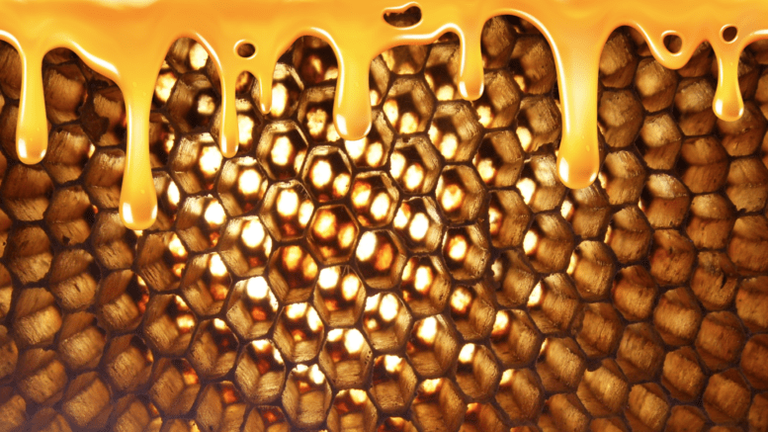
Equilateral triangles, squares and regular hexagons are the only basic polygons that fit together on a flat surface without leaving any gaps. Honey bees instinctively know that the hexagonal honeycomb is the most compact, thus the most resource efficient.
A consistent pattern of identical shapes that fit together without leaving any gaps is called a tessellation. You can create an infinite number of tessellations using irregular interlocking polygons – for instance, you’ve probably seen abstract patterns of birds or bunnies that fit together seamlessly on fabric – but, as stated above, of the regular polygons, only equilateral triangles, squares and regular hexagons pass the test.
The honey bee hexagonal honeycomb mystery is thousands of years old. A Roman scholar named Marcus Terentius Varro pondered the practicality of the design in 36 B.C. We have written record of him concluding that there must be some reason for the consistency, perhaps to hold more honey or waste less wax.
Varro was correct, on both accounts, but it wasn’t until 1999 that mathematician Thomas C. Hales proved his “Honeycomb Conjecture.”
No credit if you don’t show your work, Varro.
Visit Nimble News for more fascinating content! Or follow along on Instagram, where we begin each morning with history followed by posts about science, nature, technology and more.
Hi! I am a robot. I just upvoted you! I found similar content that readers might be interested in:
https://web.stagram.com/tag/math